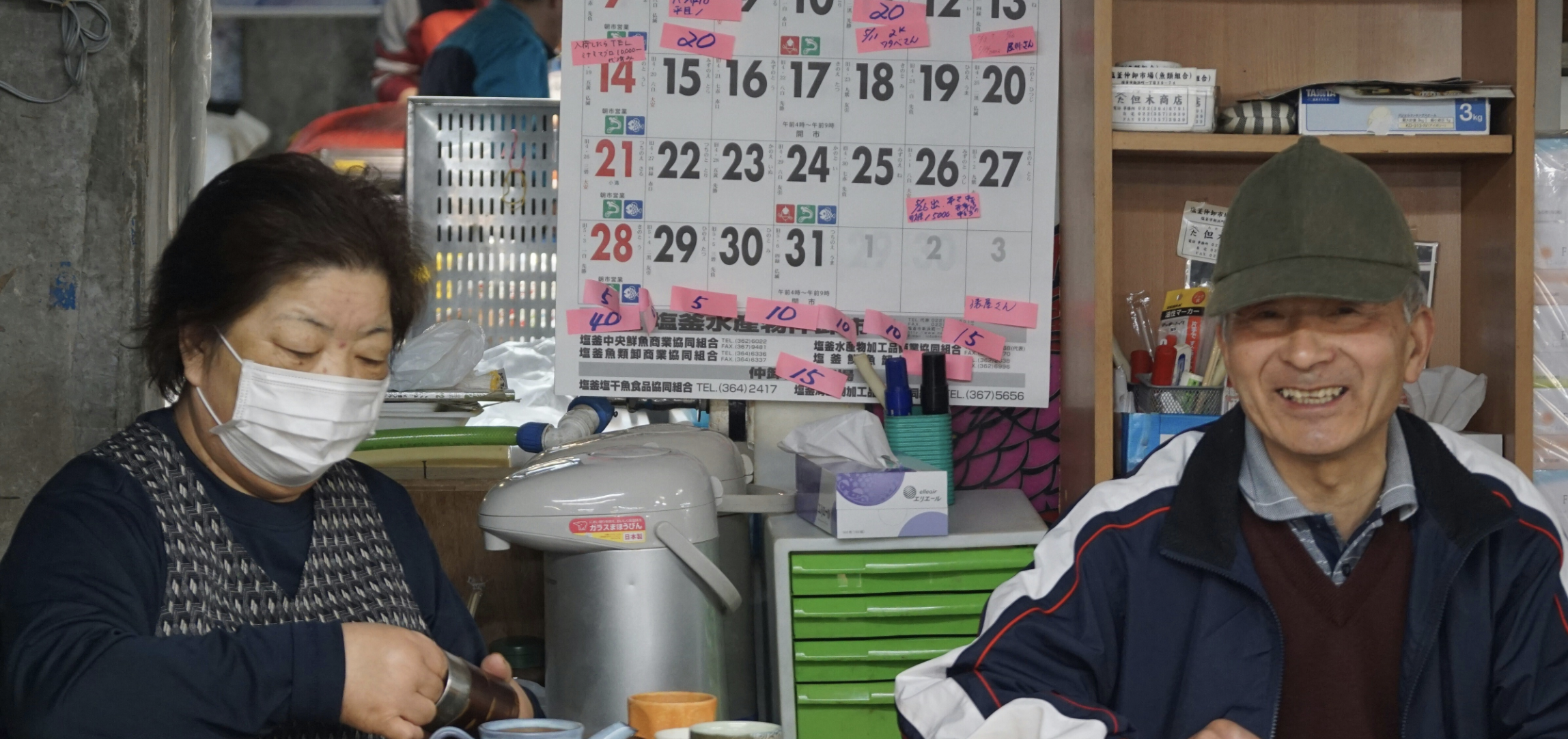Japan’s aging population is increasing health care costs
Japan’s rapidly aging population is putting a strain on the health care system, with health expenditure rising to almost 11% of GDP, one of the highest among countries of the Organization for Economic Co-operation and Development. The health system is funded by contributions from the insured as well as copayments that depend on the type of insurance and the socio-demographic characteristics of the insured. The largest share of funding comes from contributions (49% of current health expenditure (CHE), followed by government spending (38% of CHE) and out-of-pocket (OOP) spending (13% of CHE).
The health insurance coverage rate is 100% in Japan and covers more than 5000 medical procedures, dental care, and drugs. There are two major types of insurance schemes in Japan: Employees’ Health Insurance and National Health Insurance (NHI). The majority, 58.69%, of the population is covered by Employees’ Health Insurance; 28.31%, by NHI; and 12.42%, by the recently introduced late-stage medical care system for the elderly.
Financial sustainability without reducing financial protection
Despite these achievements, challenges are emerging because of negative population growth and a low fertility rate, an aging population, a shrinking economy and an increasing unemployment rate. The disease burden of noncommunicable and degenerative disease has been rising in recent decades. These realities strain the national health system, especially service delivery and financing
References
[1] International Labor Organization. (2019). Extending social security to workers in the informal economy: Lessons from international experience. Extending Social Security Coverage to the Informal Economy: Lessons from International Experience, November, 212.
[2] Sakamoto, H., Rahman, M., Nomura, S., Okamoto, E., Koike, S. et al. (2018). Japan health system review. Health Systems in Transition, 8 (1), World Health Organization. Regional Office for South-East Asia. License: CC BY-NC-SA 3.0 IGO



